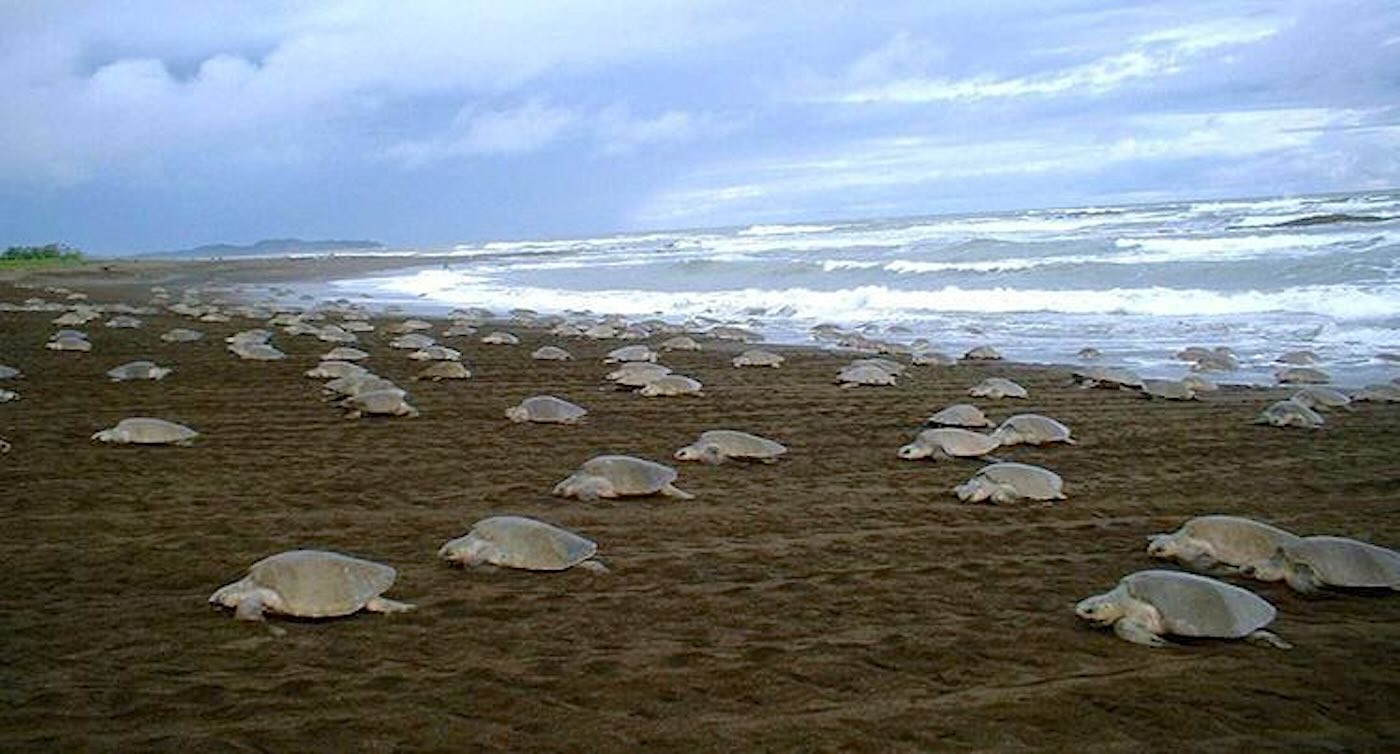Sea Turtles Show Remarkable Resilience: A Bright Future Ahead

In a promising turn of events for marine conservation, a new study reveals that sea turtle populations around the world are rebounding, thanks to concerted conservation efforts and protections. Once facing dire threats from overhunting and habitat loss, these magnificent creatures are demonstrating remarkable resilience in changing oceans.
Significant Population Increases
The collaborative research conducted by scientists from Deakin University and NOAA Fisheries highlights that most of the seven sea turtle species are experiencing growth in their populations. Marine Science Professor Graeme Hays noted, “Sea turtles are a shining light of marine conservation with recoveries of many nesting populations.” This statement underscores the importance of protective measures that have allowed these turtles to thrive.
Innovations in Conservation
The findings, published in Nature Reviews Biodiversity, show that nesting sites with stronger protections have seen an increase in turtle numbers. Improvements such as the reduction of confusing artificial lighting along beaches and better fishery practices have proven beneficial. For instance, significant increases in green sea turtle populations have been recorded, including a remarkable 500% increase in eggs laid in the Seychelles. This success reflects a growing awareness and change in public values towards the protection of these animals.
A Shift Towards Ecotourism
Younger generations increasingly view sea turtles not as commodities but as vital components of our ecosystem. In some regions, former poachers have transformed into ecotourism guides, offering tours that showcase nesting turtles—providing alternative livelihoods while fostering a greater appreciation for marine life.
Adaptive Behaviors Amid Climate Change
While climate change poses challenges, especially for species like the leatherback turtle, the adaptability of these creatures offers hope. Research indicates that some loggerhead turtles may increasingly nest in cooler areas, allowing their populations to potentially weather rising temperatures better. This adaptability, combined with ongoing protective measures, can ensure that sea turtles remain a thriving part of our oceans.
In summary, the resurgence of sea turtle populations serves as a testament to the effectiveness of dedicated conservation efforts. As we continue to protect these astounding creatures, we may witness not only their recovery but also a revitalization of marine ecosystems. It is a clear sign that when given a chance, nature can indeed bounce back.